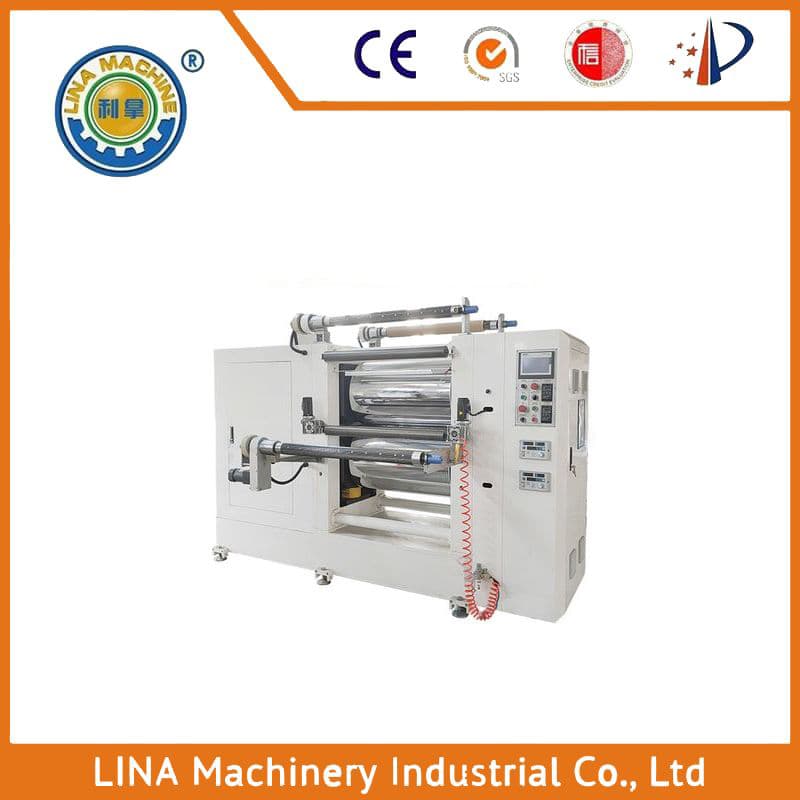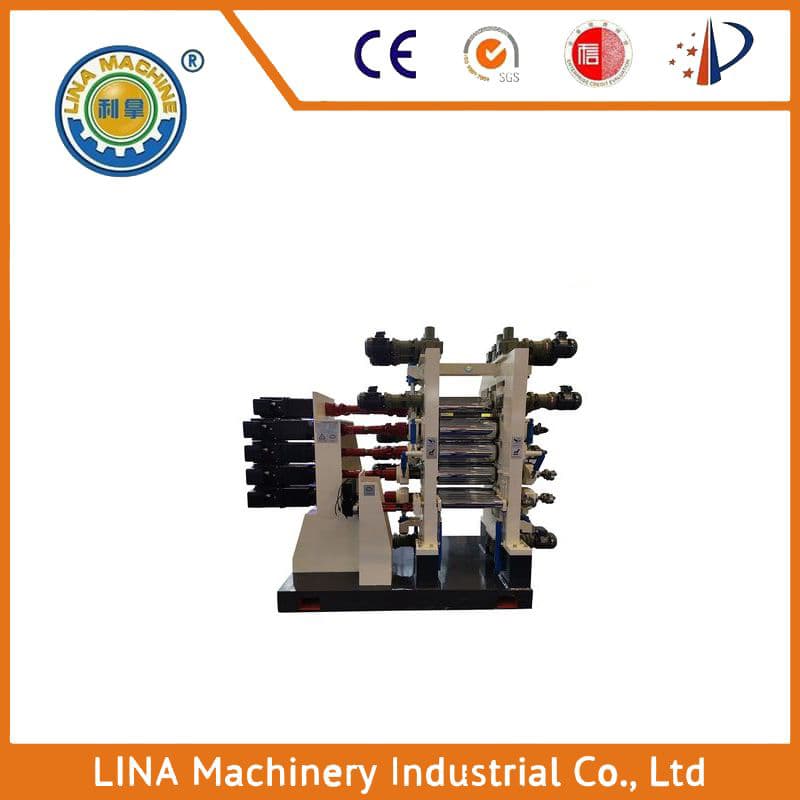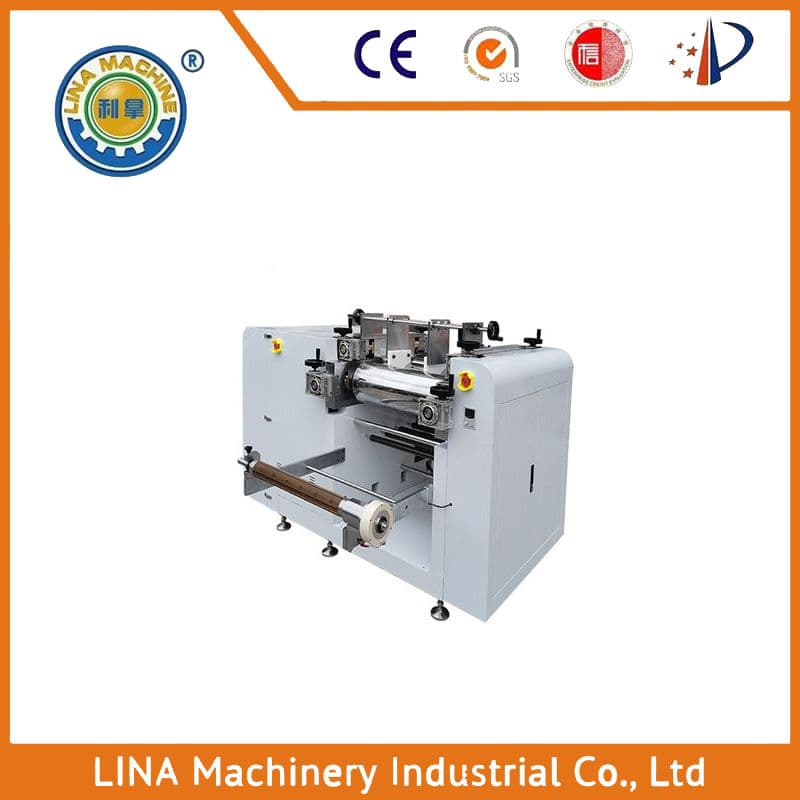Experimental Flat-Bed Vulcanizers: A Comprehensive Guide to Their Application and Techniques
Flat-bed vulcanization is a process used in the production of rubber products, such as tires, hoses, and seals. It involves heating and pressing two sheets of rubber together under high pressure to form a solid mass. This process is crucial for the quality and durability of these products. In this article, we will explore the different types of flat-bed vulcanizers available in the market and their applications.
1. Conventional Flat-Bed Vulcanizers: These are the most common type of vulcanizers used in the industry. They consist of a heated platen that presses two sheets of rubber together under high pressure. The temperature and pressure required for vulcanization vary depending on the type of rubber being processed. Conventional flat-bed vulcanizers are reliable and cost-effective, making them ideal for small-scale production.
2. Automatic Flat-Bed Vulcanizers: These vulcanizers use automation technology to control the temperature and pressure during vulcanization. They are designed to produce consistent results and reduce labor costs. Automatic flat-bed vulcanizers are suitable for large-scale production and require regular maintenance to ensure optimal performance.
3. High-Pressure Flat-Bed Vulcanizers: These vulcanizers have higher pressure capabilities than conventional ones, allowing for faster vulcanization times. They are ideal for processing high-performance rubber products like racing tires and hoses. However, they come with higher investment costs and require specialized equipment.
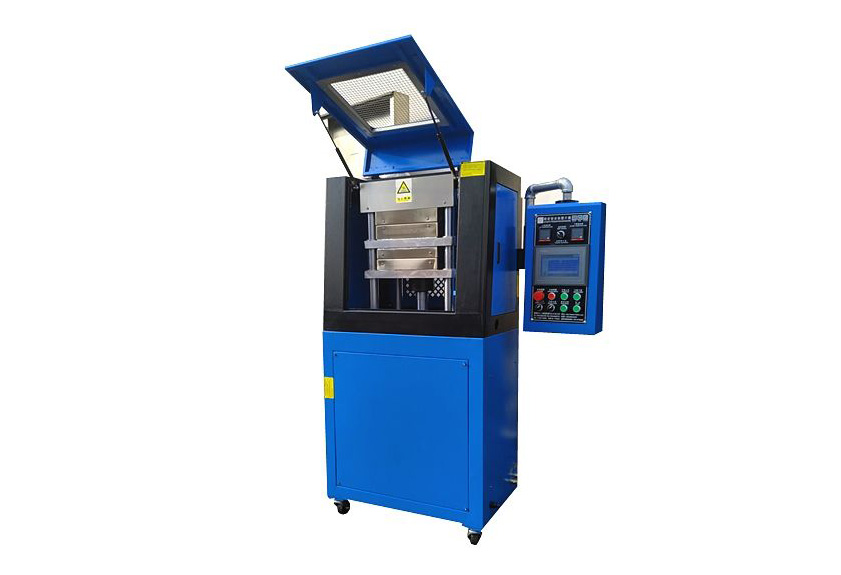
4. Multifunctional Flat-Bed Vulcanizers: These vulcanizers can perform multiple functions simultaneously, such as vulcanization, compression molding, and injection molding. They are ideal for companies that need to produce a variety of rubber products. However, they require more space and specialized software to operate effectively.
5. Integrated Flat-Bed Vulcanizers: These vulcanizers integrate several functions into one unit, reducing setup time and simplifying operations. They are suitable for small-scale production or companies that need flexibility in their production processes. However, they may require additional training to operate effectively.
1. flat-bed vulcanizer
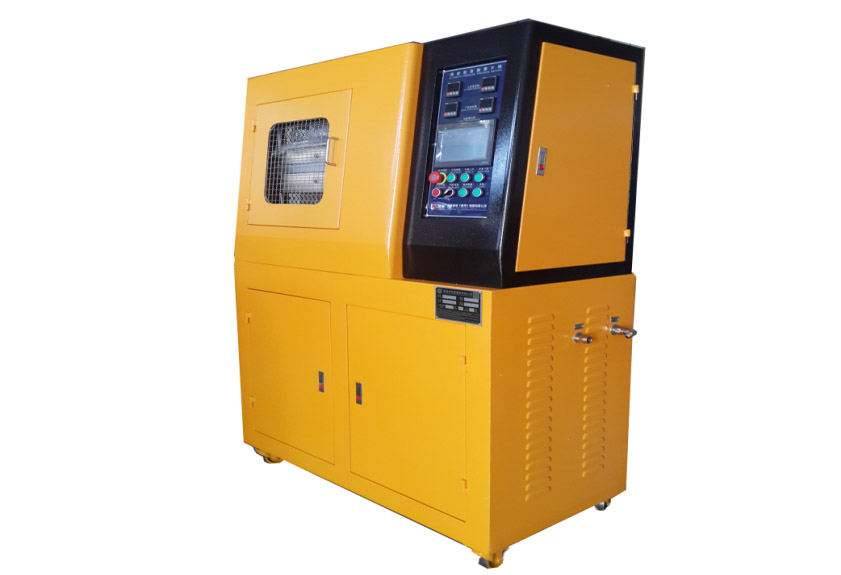
2. rubber product
3. vulcanization
4. production efficiency
5. automation technology
6. high-pressure
7. multifunctional
8. integrated
9. cost-effective
10. reliability
This article provides an in-depth exploration of experimental flat-bed vulcanizers, highlighting their various types, applications, and techniques. We discuss the importance of vulcanization in the production of rubber products and highlight the benefits of using flat-bed vulcanizers in achieving consistent results and reducing labor costs. We also provide insights into the latest advancements in automation technology and high-pressure vulcanization, showcasing how these technologies can enhance production efficiency and improve product quality. By understanding the key features and benefits of different flat-bed vulcanizers, readers can make informed decisions when selecting the right equipment for their specific needs.


